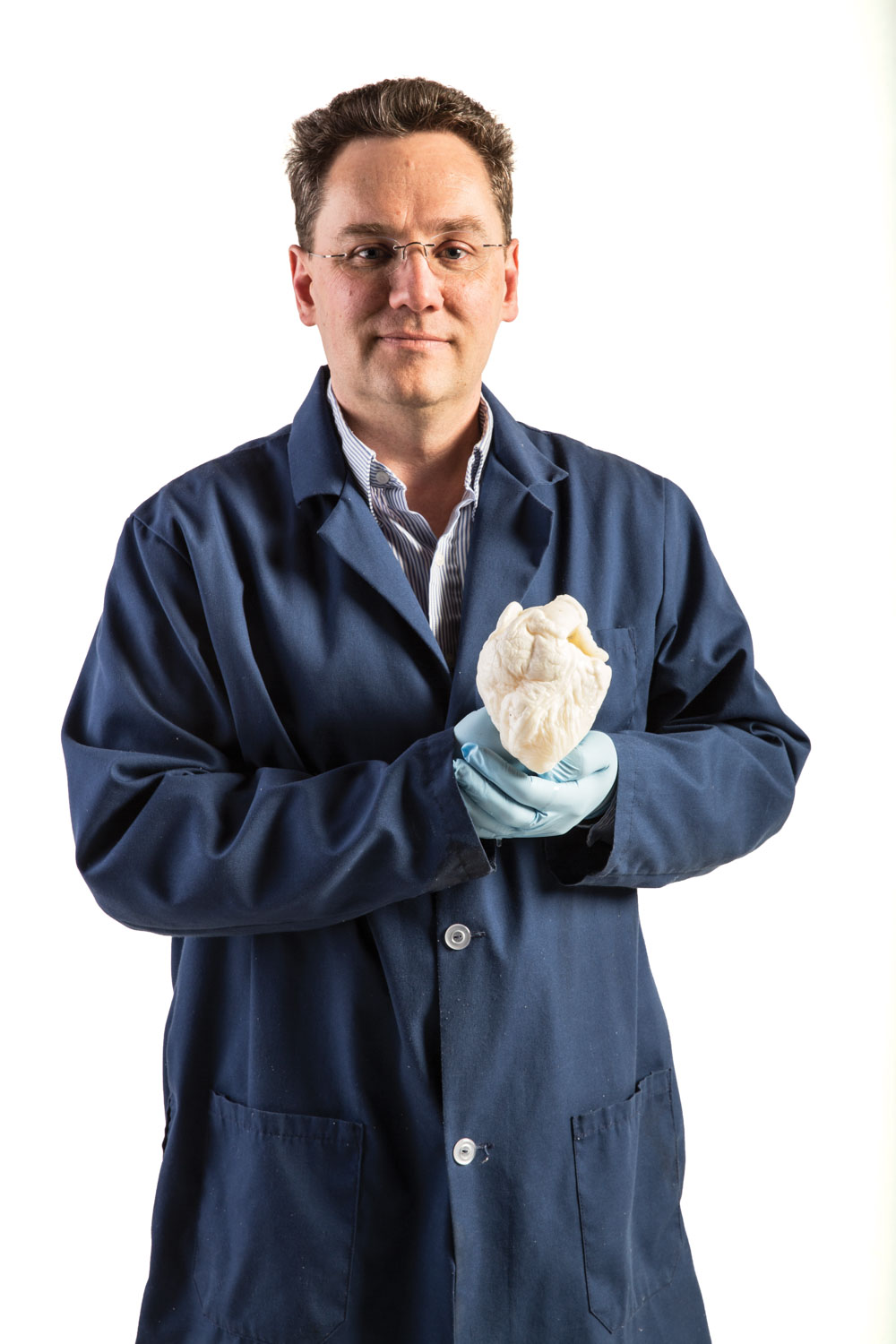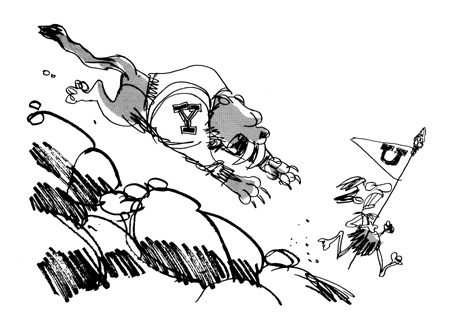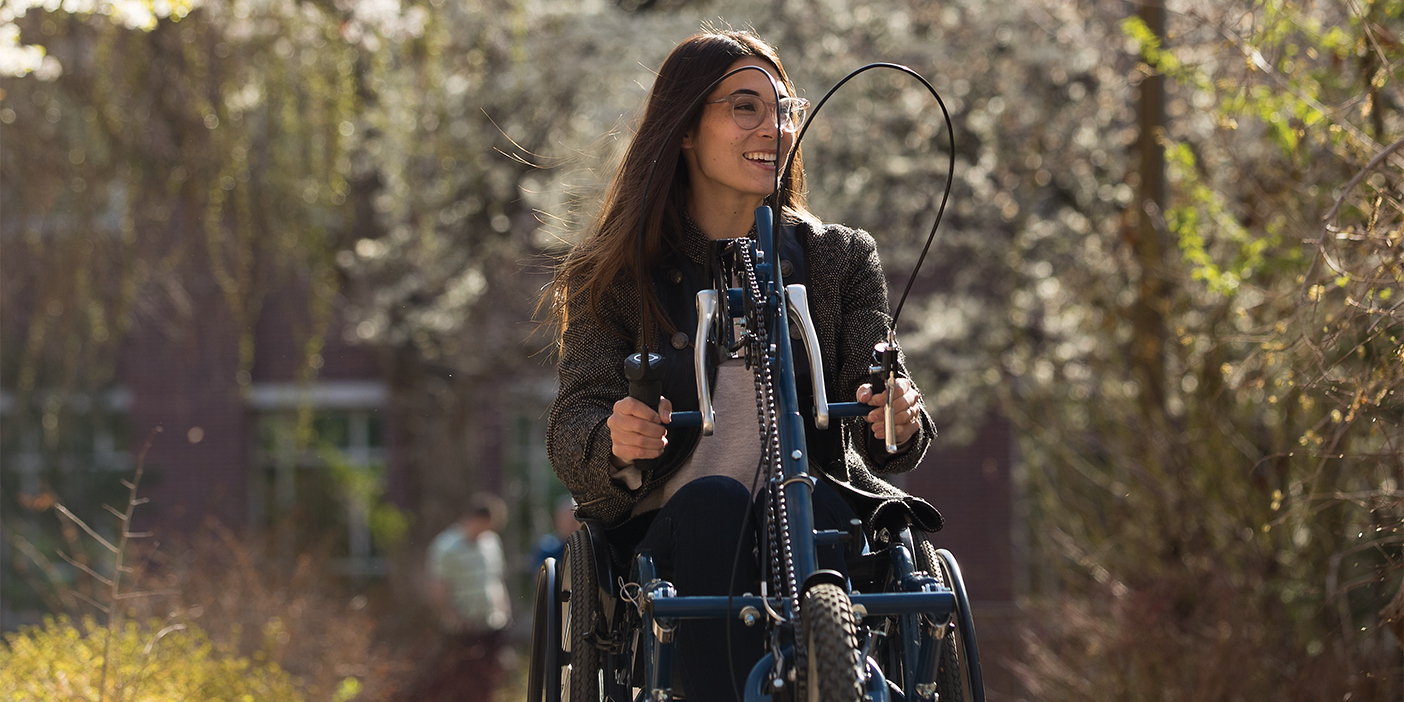
It’s a dismal reality: 22 people in the United States die each day waiting for a transplant because of an organ-donor deficit. But with the help of 90 student researchers, chemical engineering professor Alonzo D. Cook (BS ’89, MS ’91) is breaking ground in tissue engineering to help reduce the deficit. Cook recently published research on how scientists may someday use pig hearts to engineer human hearts, and he’s innovating other processes to create custom organs.
Q: How does tissue engineering work?
A: People can already donate blood, transplant blood, donate organs, and transplant organs. Our goal is to figure out how to increase the source of organs to meet the demand. We do that by combining cells and proteins into three-dimensional structures to make implantable, living devices. We can already create a piece of living skin. Organs are more complicated.
Q: Where do pig hearts come in?
A: To create a human heart, we would need to start with a scaffold. We can take a pig’s heart and remove all of the cells, leaving this white protein scaffolding in the shape of a heart. We’d then put the patient’s own cells on this
scaffolding.
Q: Where do the cells come from?
A: We use what are called induced pluripotent stem cells, which can be made to divide into any cell type—like heart, kidney, or eye cells. In the future a patient in need of cells could give a blood sample, and then those cells could be transformed into any cell type they need. This has the potential of providing an unlimited source of cells for regenerative-medicine purposes. And the engineered organs wouldn’t get rejected by their body. You could grow hearts from patients’ own cells.
Q: How are you hoping to use 3-D printing technology?
A: Instead of using pig proteins for the scaffolding, we could print the same structures with human proteins and print the cells at the same time. We are currently experimenting with this on blood vessels—so simple tubes. The printer resolution isn’t quite there yet, but as we get finer and finer control over the needles and the droplet size of the cells, we could use this technology to print hearts, kidneys, pancreases, and other biological structures.












